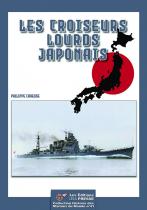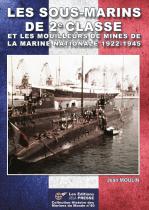The battleships of the class "Yamato" undoubtedly marked the history of the world shipbuilding. Their displacement and their dimensions made them out of the ordinary. Developed and built in the utmost secrecy, the Yamato and Musashi battleships were an unprecedented technical feat for the Imperial Navy and the Japanese shipyards. Their cost price was as gigantic as their size and construction required many sacrifices. Their construction was highly criticized by some high-ranking officers of the Imperial Navy who predicted, rightly, the end of the primacy of the battleship for the benefit of the carrier.
Having entered service after the outbreak of the Pacific War, they spent most of their time at anchor in the great base of the Truk archipelago, proof of their uselessness. When they were able to fight their first battle, during the great confrontation of the Mariana, their presence did not prevent the Imperial Navy from suffering a very heavy defeat. The next battle, the great battle of Leyte, led to the loss of the Musashi, sunk by a large number of bombs and torpedoes all dropped by US Navy planes. The Yamato survived him only six months and was sunk while trying to go to Okinawa for a return operation; the aircraft of the US Navy left him no chance.
A third ship of the same class, the Shinano, was never completed as a battleship but was transformed into an aircraft carrier. It was sunk on its first outing in November 1944, by the torpedoes of an American submarine.
Despite these tragic fates, the giant battleships of the class "Yamato" still exert an undeniable fascination on the public, both Japanese and foreign. The wrecks of the two battleships anointed were found and then explored.
Simon Liot de Nortbécourt, a young author from a family of sailors, gives us in this book the fruit of many years of research, which led him to visit the Yamato Museum in Japan and to collect the testimony of former sailors of the two battleships.
288 pages, 340 photos, some of them unpublished, 50 3D drawings, with plans. The technical part was developed thanks to the translation of Japanese documents.








